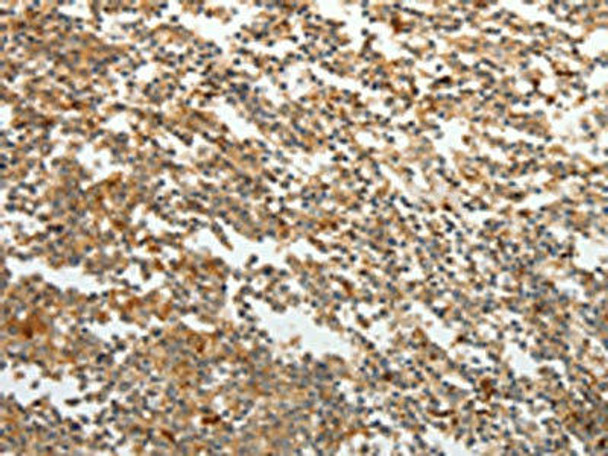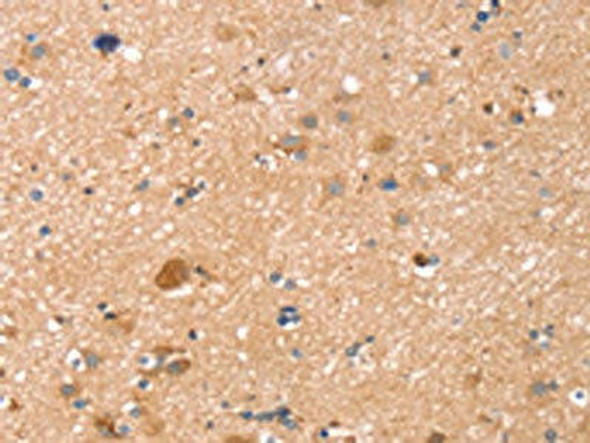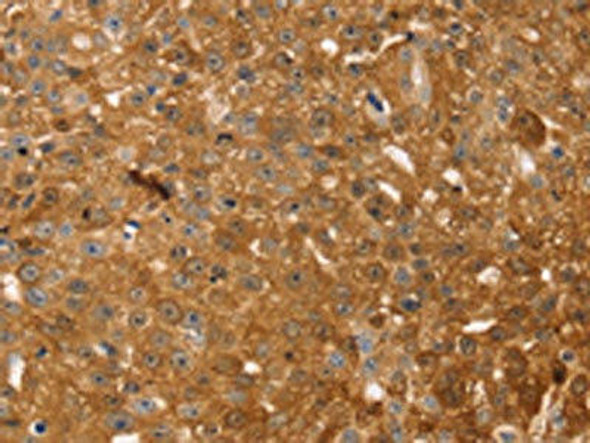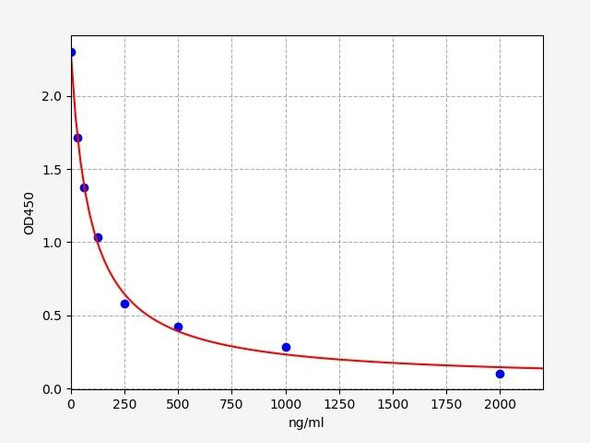Description
TMSB10 Antibody (PACO18474)
The TMSB10 Monoclonal Antibody (PAC018474) is a valuable tool for researchers studying TMSB10, a protein involved in cell motility and cytoskeleton organization. This antibody, produced using hybridoma technology, specifically targets TMSB10 in human samples and is suitable for use in various applications such as Western blotting and immunohistochemistry.TMSB10, also known as thymosin beta-10, is a key player in regulating actin dynamics within cells, contributing to processes like cell migration, adhesion, and morphogenesis. Its role in promoting cell motility makes it a promising target for studying cancer progression, metastasis, and tissue remodeling in pathological conditions.
Researchers in the fields of cell biology, cancer research, and developmental biology can benefit from using the TMSB10 Monoclonal Antibody to investigate the function and regulation of TMSB10 in different cellular contexts. By understanding the mechanisms underlying TMSB10 activity, new insights into cell behavior and disease pathology may be uncovered, leading to potential therapeutic interventions in conditions involving aberrant cell motility.
| Antibody Name: | TMSB10 Antibody (PACO18474) |
| Antibody SKU: | PACO18474 |
| Size: | 50ul |
| Host Species: | Rabbit |
| Tested Applications: | ELISA, IHC |
| Recommended Dilutions: | ELISA:1:2000-1:5000, IHC:1:25-1:100 |
| Species Reactivity: | Human, Mouse, Rat |
| Immunogen: | Synthetic peptide of human TMSB10 |
| Form: | Liquid |
| Storage Buffer: | -20°C, pH7.4 PBS, 0.05% NaN3, 40% Glycerol |
| Purification Method: | Antigen affinity purification |
| Clonality: | Polyclonal |
| Isotype: | IgG |
| Conjugate: | Non-conjugated |
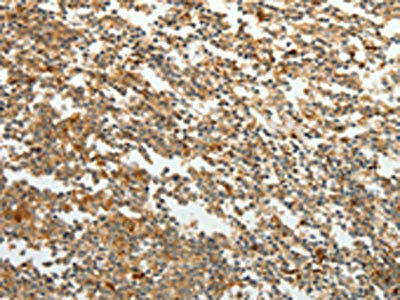 | The image on the left is immunohistochemistry of paraffin-embedded Human tonsil tissue using PACO18474(TMSB10 Antibody) at dilution 1/15, on the right is treated with synthetic peptide. (Original magnification: x200). |
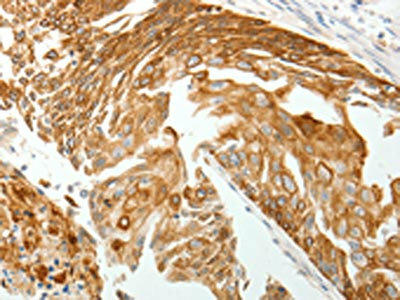 | The image on the left is immunohistochemistry of paraffin-embedded Human cervical cancer tissue using PACO18474(TMSB10 Antibody) at dilution 1/15, on the right is treated with synthetic peptide. (Original magnification: x200). |
| Background: | This protein plays an important role in the organization of the cytoskeleton. It binds to and sequesters actin monomers (G actin) and therefore inhibits actin polymerization. Experiment indicate that the expression decrease dramatically after birth. It expresses high levels in human fetal brain. |
| Synonyms: | thymosin β 10 |
| UniProt Protein Function: | TMSB10: Plays an important role in the organization of the cytoskeleton. Binds to and sequesters actin monomers (G actin) and therefore inhibits actin polymerization. Belongs to the thymosin beta family. |
| UniProt Protein Details: | Protein type:Cytoskeletal; Motility/polarity/chemotaxis Chromosomal Location of Human Ortholog: 2p11.2 Cellular Component: cytoskeleton; cytoplasm Molecular Function:actin monomer binding Biological Process: sequestering of actin monomers; actin filament organization |
| UniProt Code: | P63313 |
| NCBI GenInfo Identifier: | 54039778 |
| NCBI Gene ID: | 9168 |
| NCBI Accession: | P63313.2 |
| UniProt Secondary Accession: | P63313,P13472, Q596K9, |
| UniProt Related Accession: | P63313 |
| Molecular Weight: | 5,026 Da |
| NCBI Full Name: | Thymosin beta-10 |
| NCBI Synonym Full Names: | thymosin beta 10 |
| NCBI Official Symbol: | TMSB10 |
| NCBI Official Synonym Symbols: | TB10; MIG12 |
| NCBI Protein Information: | thymosin beta-10; migration-inducing gene 12; migration-inducing protein 12 |
| UniProt Protein Name: | Thymosin beta-10 |
| Protein Family: | Thymosin |
| UniProt Gene Name: | TMSB10 |
| UniProt Entry Name: | TYB10_HUMAN |

